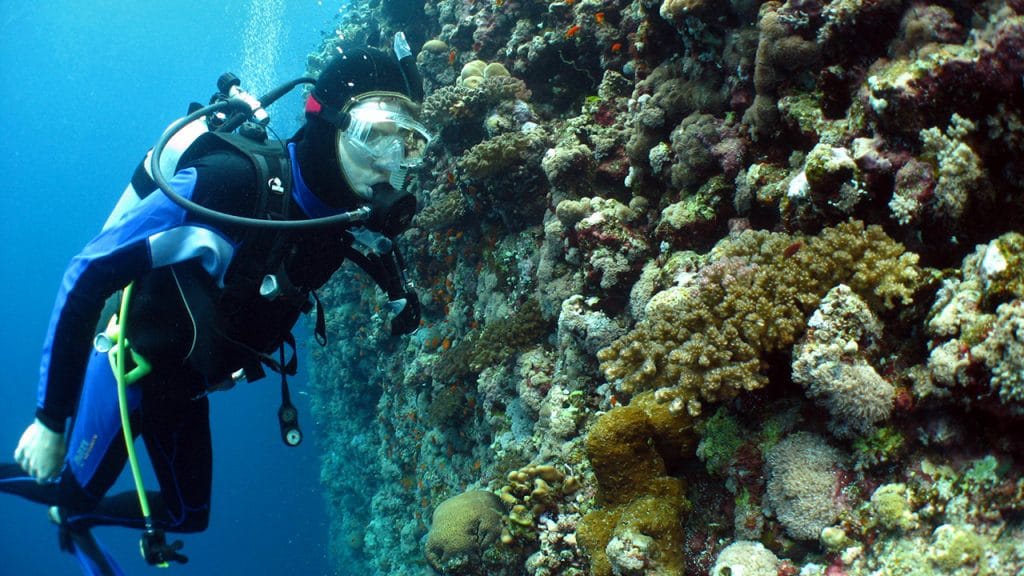
Reef-building corals create habitats for many other organisms. Coral reefs are highly diverse and unique around the world, providing shelter and sustenance for abundant fishes and other marine life. (Woods Hole Oceanographic Institution)
Many people think of coral as hard, rock-like formations that attract abundant, diverse marine life. In fact, corals are themselves tiny marine animals called polyps that live together in large colonies.
Coral polyps are relatives of jellyfish and anemones. Some live in shallow water, some in deep; some form hard outer skeletons made of calcium carbonate, others have a soft body encasing hard internal structures known as sclerites. Hundreds of thousands of hard corals with their skeletons glued together form the iconic reef structures that do, indeed, serve as the foundation for important marine ecosystems around the world.
All Topics on Corals
Coral Stressors
Stressors can affect organisms living on the reef or they can affect the corals, themselves. When corals die, other organisms must relocate or struggle to survive.
Dating Corals, Knowing the Ocean
Coral is a useful tool for scientists who want to understand changes in past climate, but recalling that history presents its own set of challenges.
Deep-sea Corals
When most people think of corals, they think of the Great Barrier Reef off Australia, but deep in the ocean much smaller coral formations lie past the point where light penetrates.
Reef Ecosystems
A healthy reef protects coastlines from wave damage, plays a critical role in providing food, boosts the economy, and provides materials for pharmaceuticals.
Reef Fish
Fish that inhabit a coral reef play essential roles in the reef ecosystem, and reefs without fish struggle to recover from bleaching or other events that damage the coral.

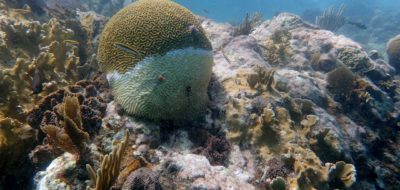
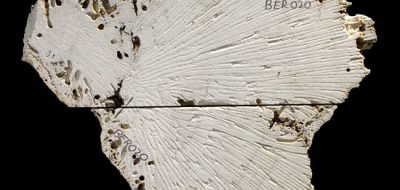

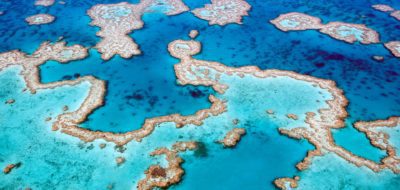
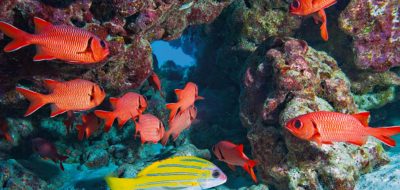
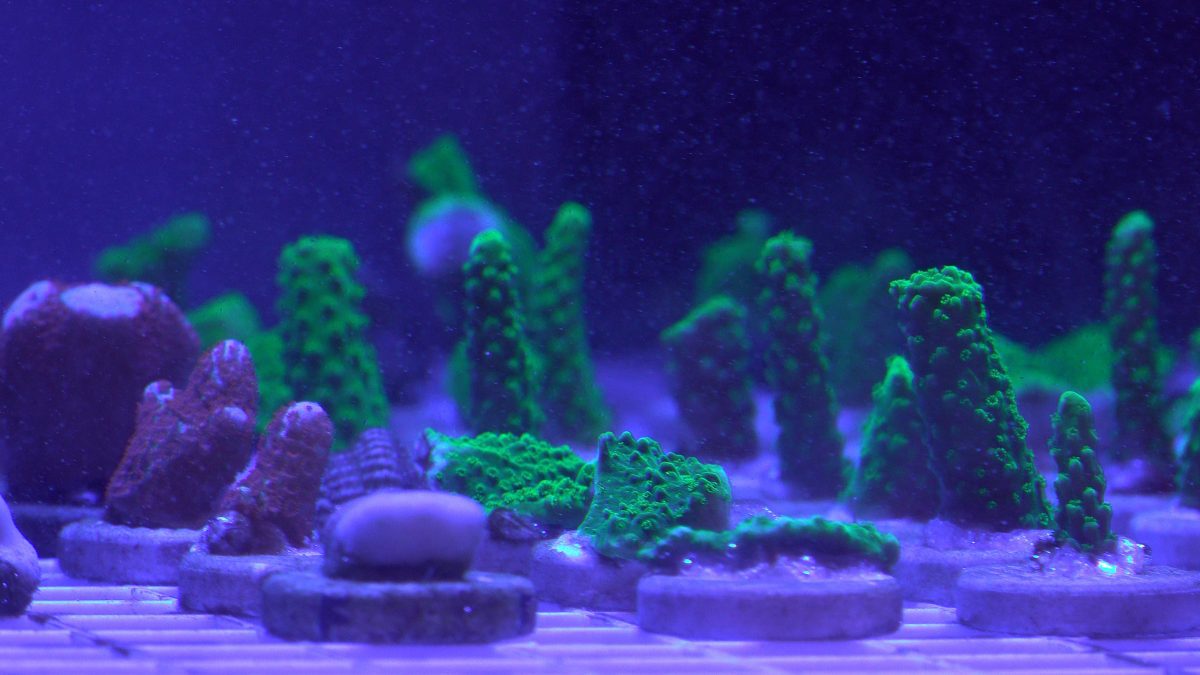
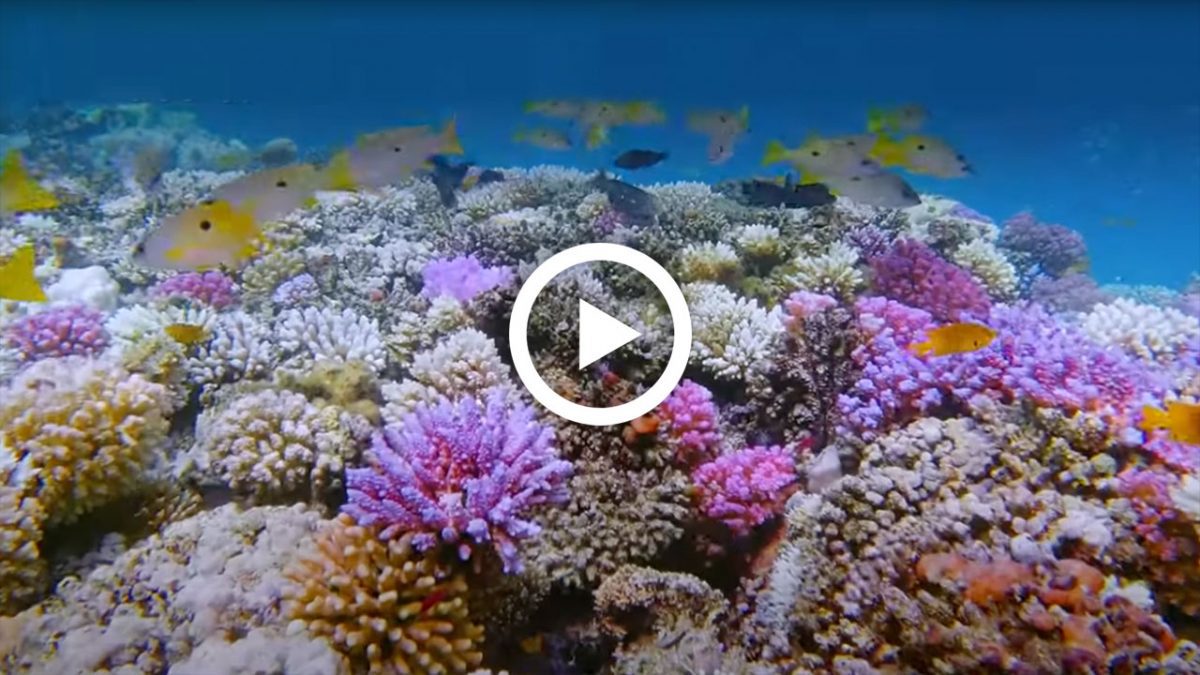
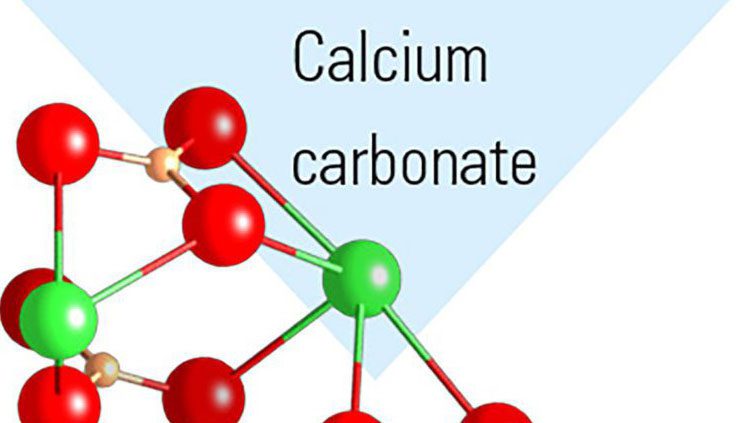
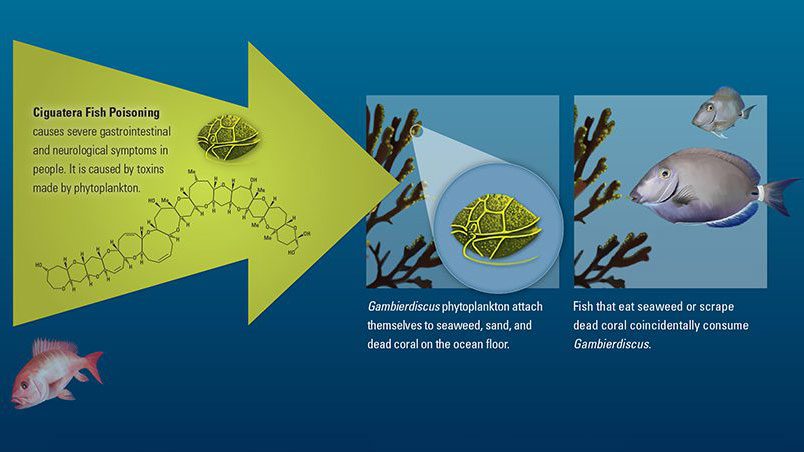
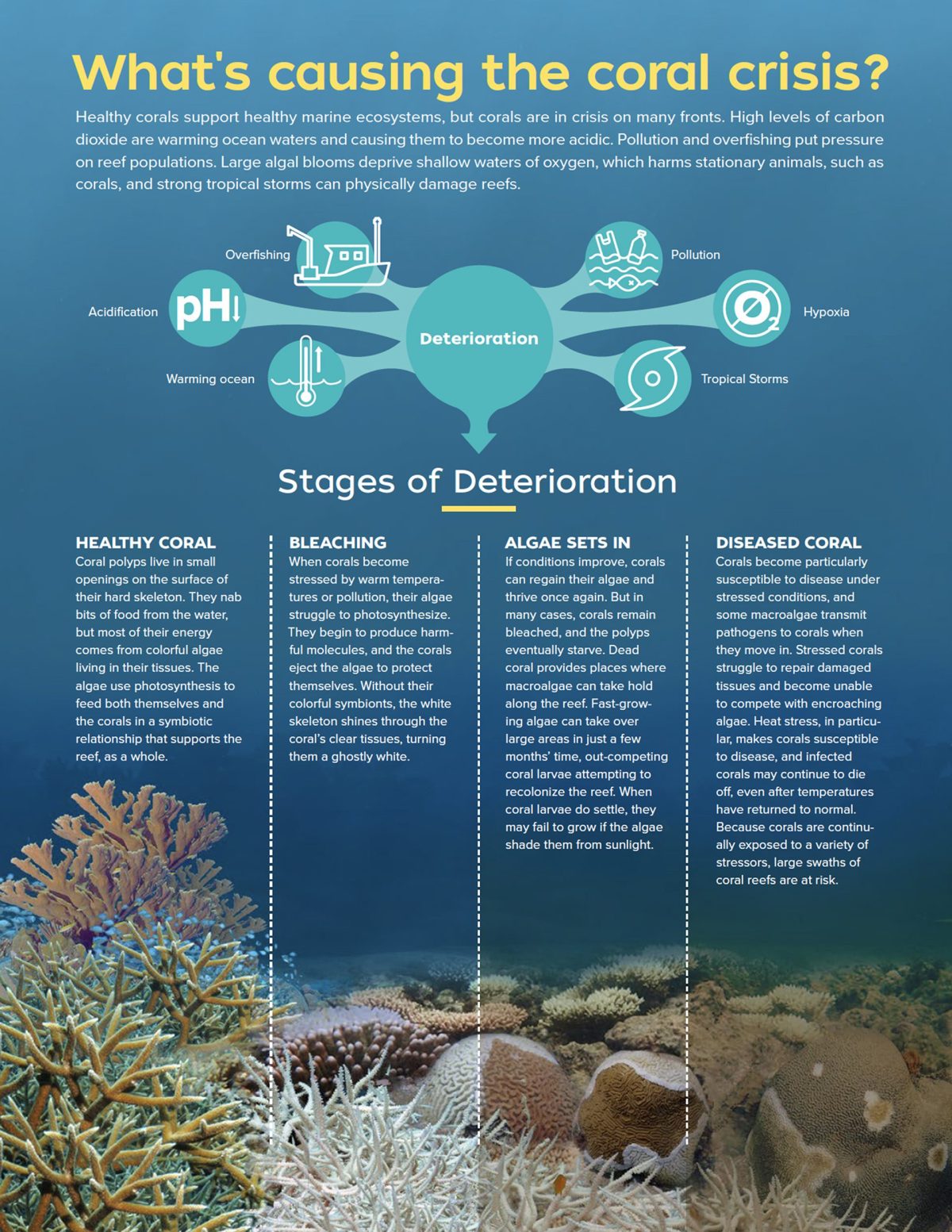
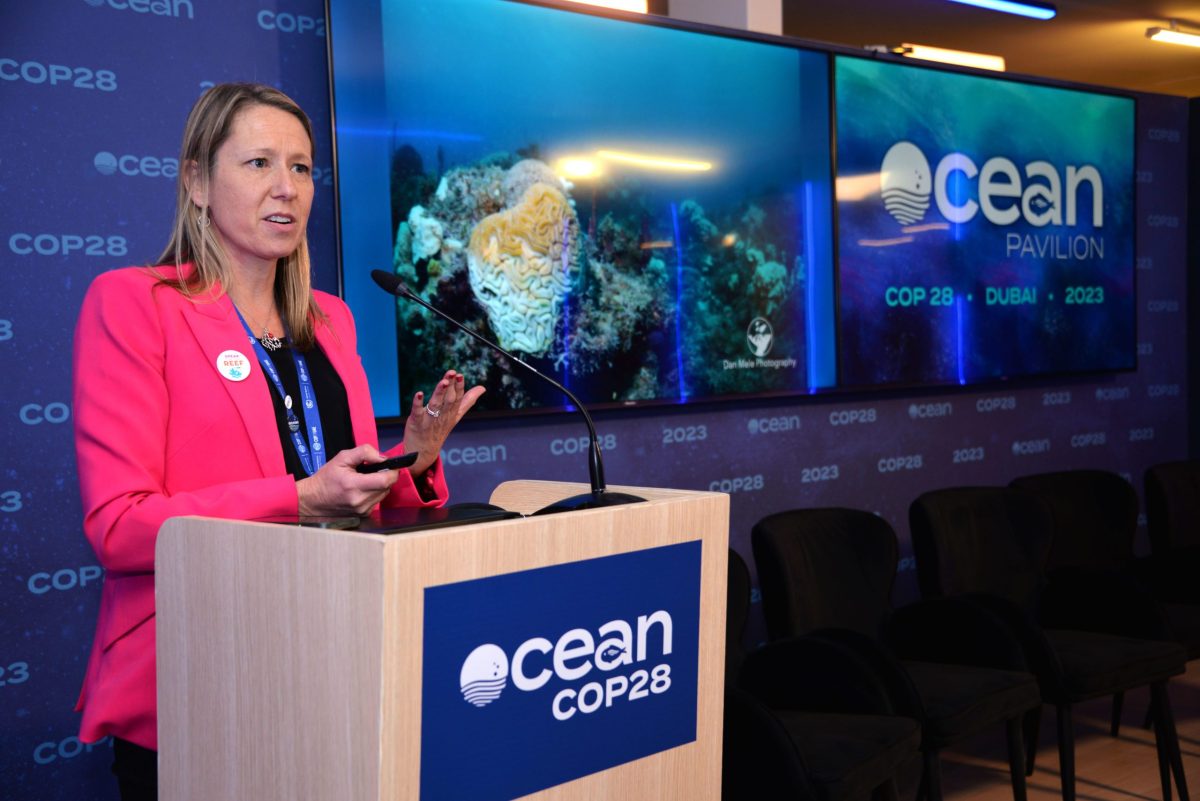
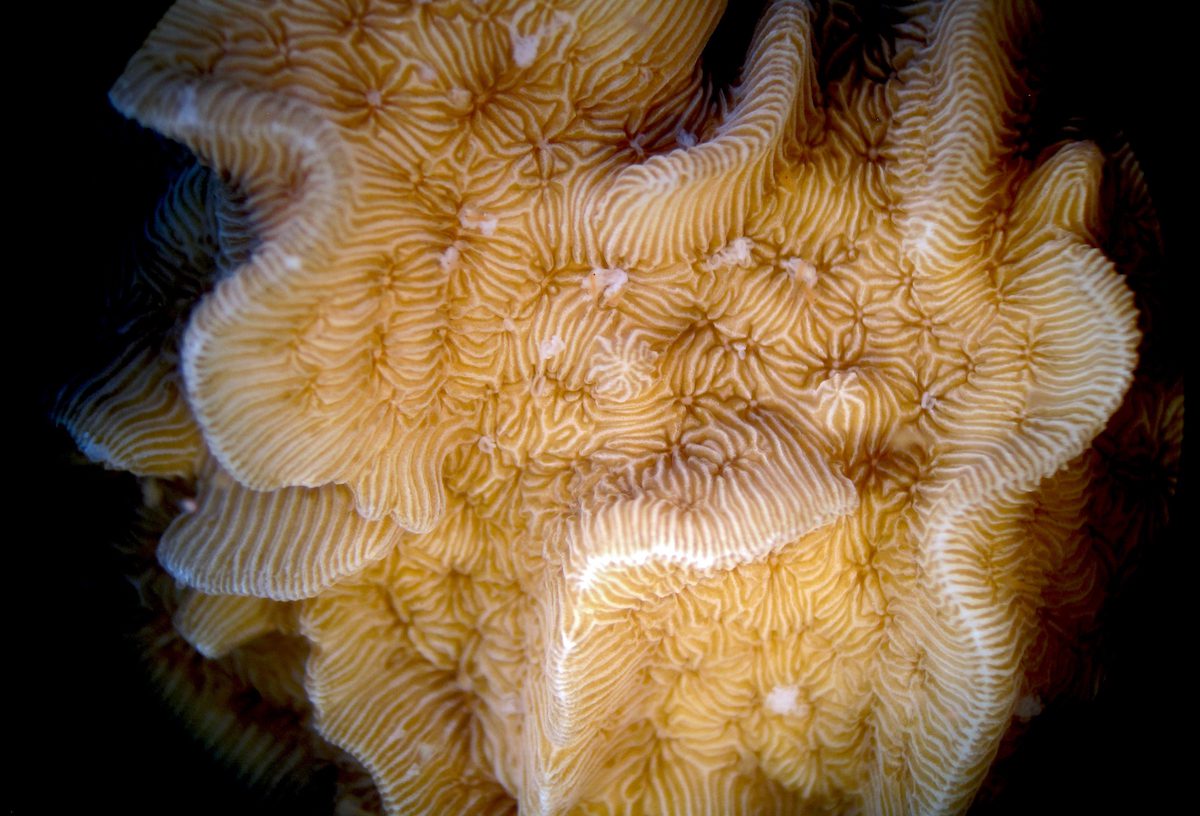
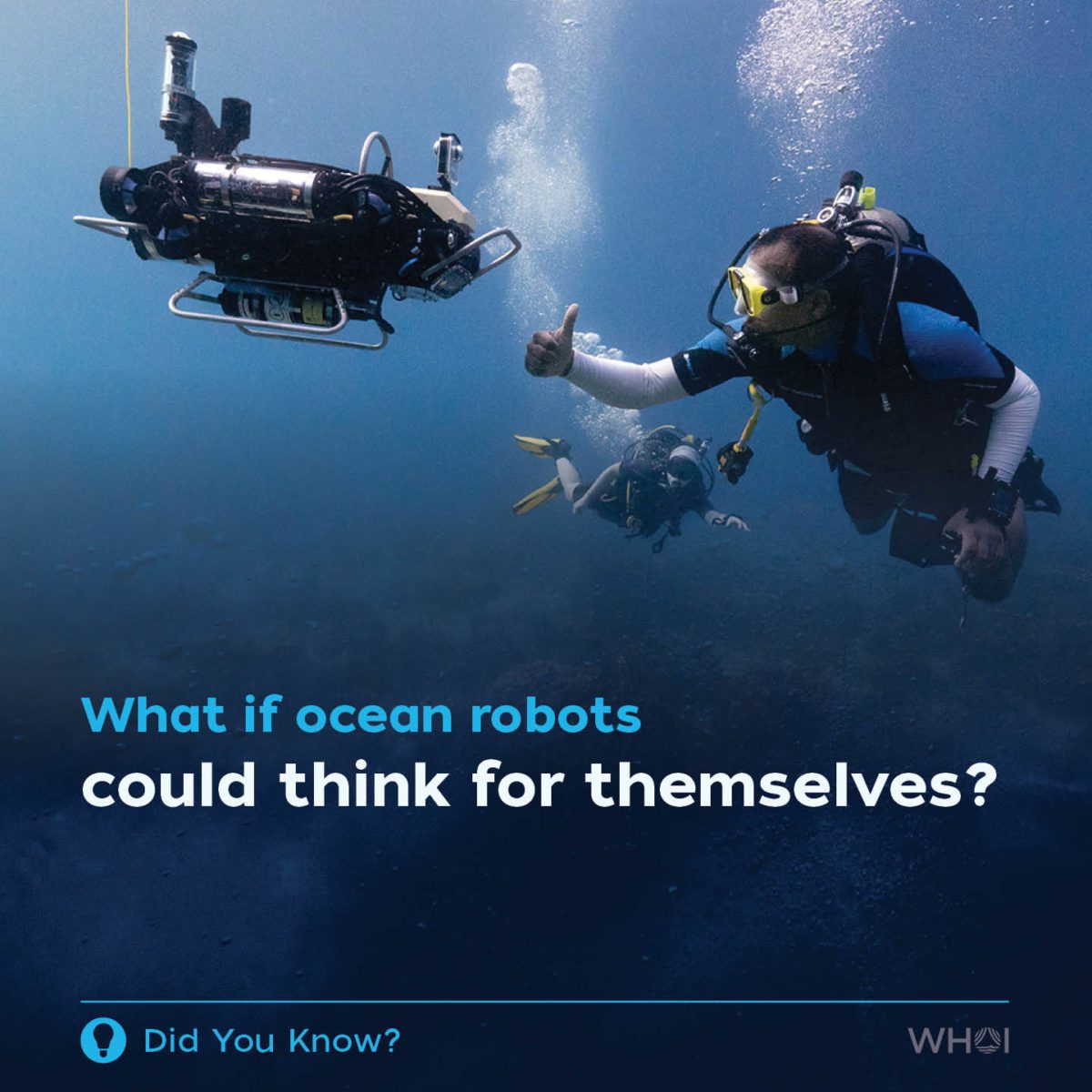
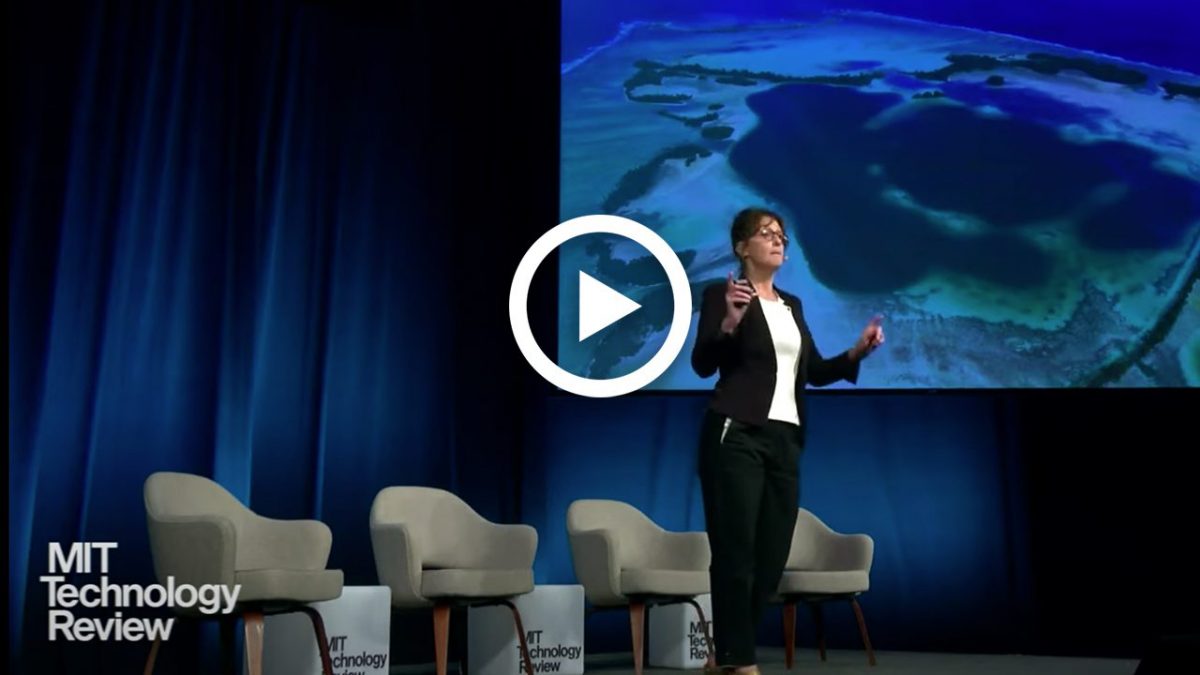
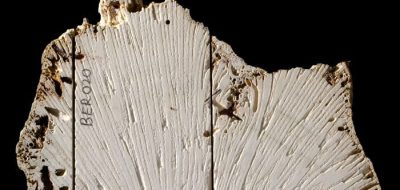
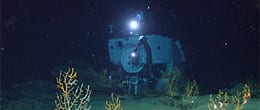
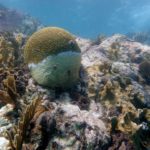 Coral Stressors
Coral Stressors 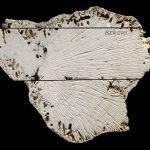 Dating Corals, Knowing the Ocean
Dating Corals, Knowing the Ocean 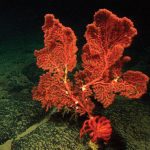 Deep-sea Corals
Deep-sea Corals 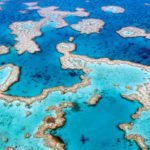 Reef Ecosystems
Reef Ecosystems 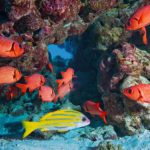 Reef Fish
Reef Fish